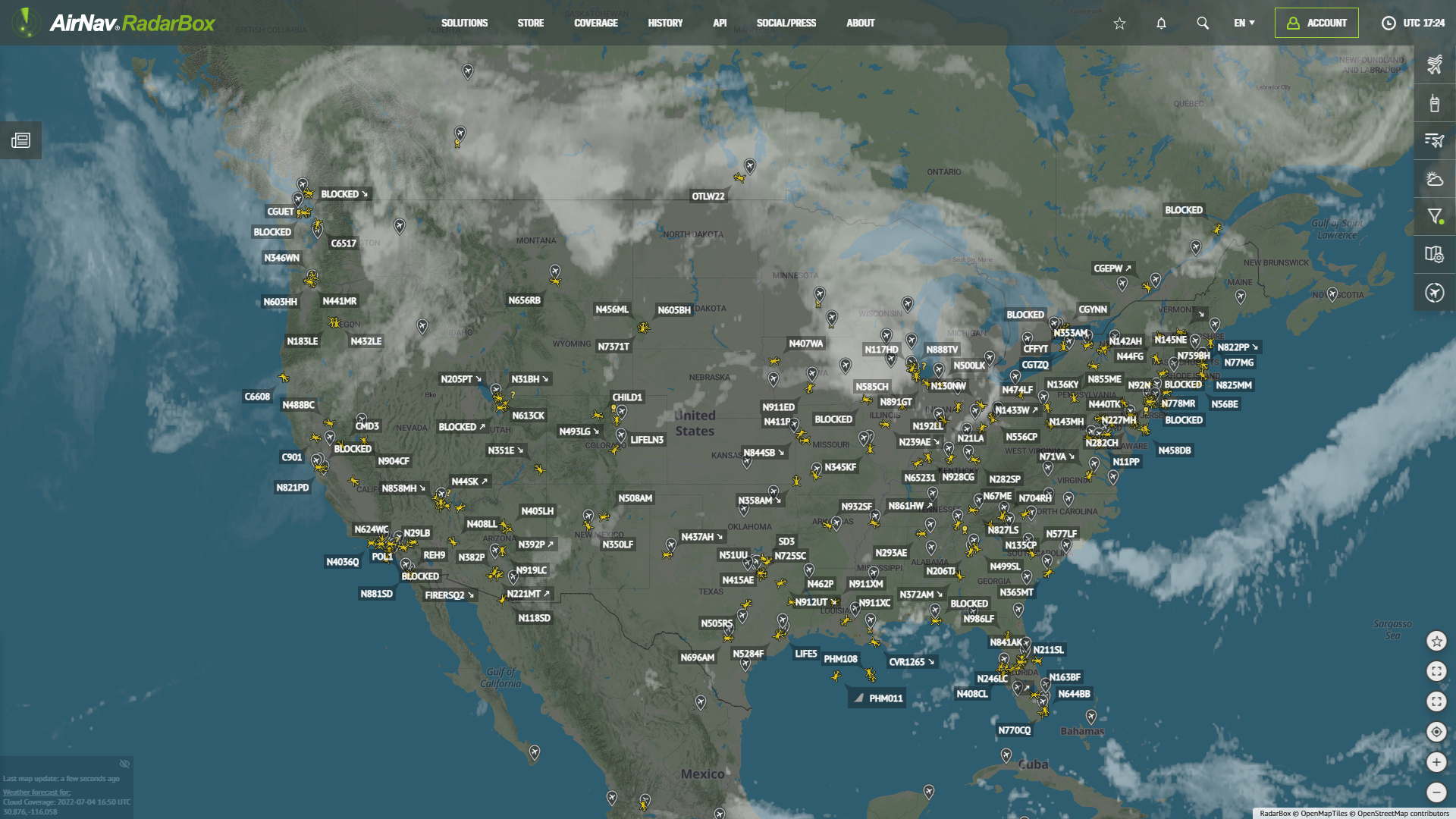Why do we get earache when we're on a plane?

Source: ijeab (user8515113) - Freepik.com
We have created a machine that thrives where we cannot. We humans always look at the sky and aim to conquer it, but there is a problem. We were not made to live in the skies at high altitudes, and often, when we are on board an aircraft, our body likes to remind us of that. Who has never felt an earache or even a blocked ear and wondered why this happens even though the aircraft is pressurized?
The pressure and pressurization of an aircraft
The pressure at sea level is approximately 1 bar, but as you go up, it decreases; this is because the pressure is the force exerted by the air in relation to a surface, and the higher you go, the less atmosphere there is above you, i.e. less pressure (For comparison, at 8,840m or 29,000ft above sea level, on the summit of Mount Evarest, atmospheric pressure is approximately 0.3 Bar).
Human beings evolved to live at sea level and just a little above it, not at 8000m high, so the solution was to create an "artificial pressure" inside the aircraft cabin that simulates the pressure at low altitudes; this is what we call pressurization.
An aircraft's pressurization system is simple. Imagine that you have a balloon with an adjustable hole that lets the air escape, but at the same time, the balloon is always being inflated with new air. This is what happens in the airplane cabin. On the ground, the plane is not pressurized. The pressure is the same as outside when in pre-flighting; the pilot sets the cruising altitude in a cabin pressure controller as soon as the aircraft takes off. The landing gear comes out from the ground, the outflow valve begins to close, and the engines begin to pump air into the cabin, pressuring it. During the flight, the cabin pressure sensors will control how much the valve is open and how much air enters from the engines, maintaining a constant pressure (at 35,000ft, the cabin will be approximately pressurized as if it were at 7,000ft). When the aircraft begins its descent, the pilot sets the altitude of the destination airport, and the process occurs in reverse.
And the earache?
Simply put, there are 3 parts that make up our ear: the outer ear, the middle ear, and the inner ear. Generally, the pressure inside the middle ear is equal to the pressure outside the body, but when the pressure changes in the case of pressurization and depressurization of the airplane cabin during the flight, this pressure imbalance between the middle ear and external ear causes the eustachian tube (responsible for maintaining the same pressure between the outer ear and the middle ear) to become blocked, which can cause a feeling of stuffiness in the ear, causing strong pressure inside the ear and sometimes even pain.
.png)
READ NEXT...
 82170
82170Tracking Helicopters With RadarBox
Today we'll explore how to filter and track helicopters on RadarBox.com. Read this blog post to learn more...- 30508
AirNav Announces Coronavirus Related Data & Graphics Available
AirNav Systems is providing data COVID-19 air traffic related data for analysis, study and use.  22549
22549Replay Past Flights with Playback
AirNav RadarBox officially launches the playback function on RadarBox.com, allowing users to replay the air traffic for a specific date and time in the past, within a 365-day period. Read our blog post to learn more about this feature.
